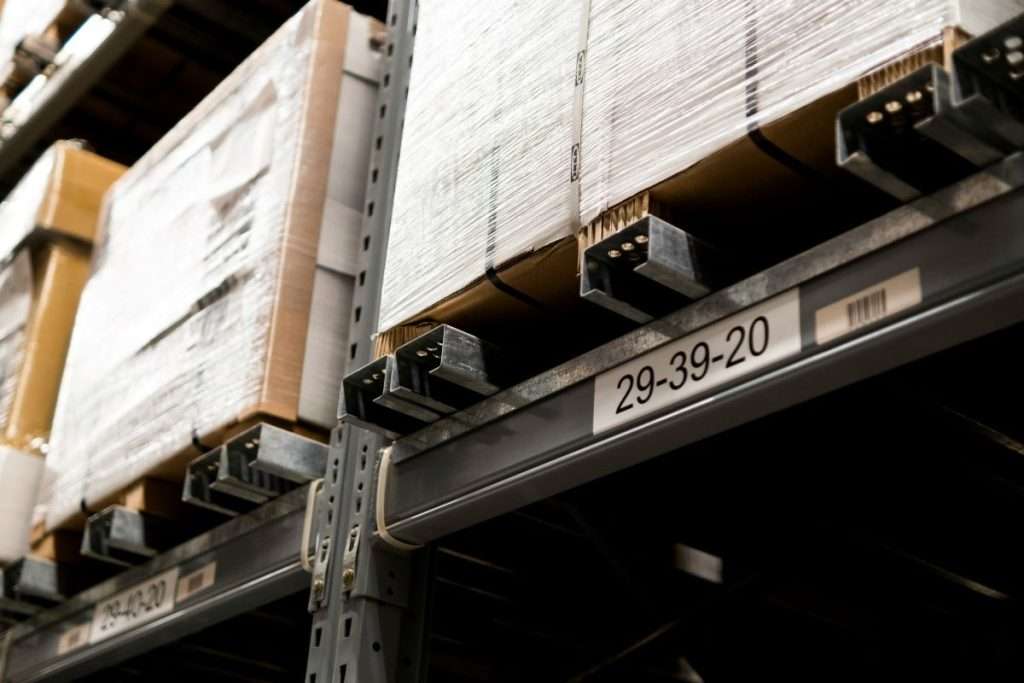Fixed systems like conveyor belts and sortation machines have been the backbone of warehousing for years. However, their rigidity poses a significant limitation in today’s dynamic market. The cost and downtime associated with modifying these systems to adapt to new processes, products, or changes in volume are substantial.
On the other hand, flexible automation offers adaptability and scalability that fixed systems can’t match. These robots can be repurposed at a moment’s notice to handle new tasks, navigate different routes, and adjust to varying workloads. This adaptability makes them ideal for industries like e-commerce and healthcare, where rapid adjustments to new products or services and fluctuating demand are common.
First-Time Automation: A Gradual Approach
For companies new to automation, the high upfront costs and potential obsolescence of fixed systems can be daunting. Flexible automation offers a cost-effective, scalable solution that grows with the business. As operations expand and volumes increase, more AMRs can be seamlessly integrated, allowing businesses to scale their automation without being locked into a rigid infrastructure.
Adapting to Volume, Product, and Channel Shifts
Flexible automation’s ability to adjust to changes in volume, product types, and distribution channels is a strong argument for its adoption. Unlike fixed systems designed for specific tasks, AMRs can easily pivot to accommodate different shapes and sizes of goods or switch from one task to another as needed. This adaptability is crucial for maintaining high efficiency in the face of constant change.
Enhancing Existing Investments with Pick Towers
For businesses already heavily invested in fixed assets like a mezzanine or pick tower, AMRs can complement existing systems, boosting their capabilities and extending their lifespan. AMRs can take on additional tasks, like transporting goods between different areas of the warehouse or assisting with sortation processes not included in the original design. This not only increases overall productivity but also delays the need for further capital investment.
The shift toward flexible automation is gaining momentum as logistics continue to evolve. The ability to quickly adapt to new demands, integrate with existing systems, and scale operations without massive capital expenditures positions AMRs as a crucial part of the future warehouse. As more businesses recognize the value of flexibility, we’re likely to see a significant shift toward automation solutions that can evolve alongside market needs, ensuring sustained success in the years to come.







